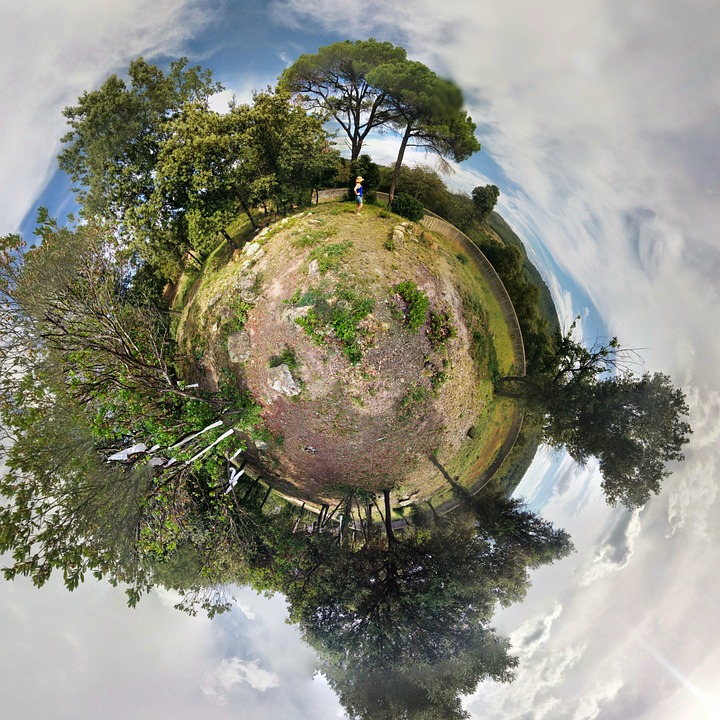Earth science or geoscience is a widely embraced term for the fields of science related to the planet Earth. Earth science can be considered to be a branch of planetary science, but with a much older history. There are both reductionist and holistic approaches to Earth sciences. The Earth sciences can include the study of geology, the lithosphere, and the large-scale structure of the Earth's interior, as well as the atmosphere, hydrosphere, and biosphere. Typically, Earth scientists use tools from geography, chronology, physics, chemistry, biology, and mathematics to build a quantitative understanding of how the Earth works and evolves.
Fields of study
The following fields of science are generally categorized within the Earth sciences:
- Physical geography, covers aspects of geomorphology, soil study, hydrology, meteorology, climatology, and biogeography.
- Geology describes the rocky parts of the Earth's crust (or lithosphere) and its historic development. Major subdisciplines are mineralogy and petrology, geochemistry, geomorphology, paleontology, stratigraphy, structural geology, engineering geology, and sedimentology.
- Geophysics and geodesy investigate the shape of the Earth, its reaction to forces and its magnetic and gravity fields. Geophysicists explore the Earth's core and mantle as well as the tectonic and seismic activity of the lithosphere. Geophysics is commonly used to supplement the work of geologists in developing a comprehensive understanding of crustal geology, particularly in mineral and petroleum exploration. See geophysical survey.
- Soil science covers the outermost layer of the Earth's crust that is subject to soil formation processes (or pedosphere). Major subdisciplines include edaphology and pedology.
- Ecology covers the interactions between the biota, with their natural environment. This field of study differentiates the study of the Earth, from the study of other planets in the Solar System; the Earth being the only planet teeming with life.
- Hydrology (includes oceanography and limnology) is a study revolved around the movement, distribution, and quality of the water and involves all the components of the hydrologic cycle on the earth and its atmosphere (or hydrosphere). "Sub-disciplines of hydrology include hydrometeorology, surface water hydrology, hydrogeology, watershed science, forest hydrology, and water chemistry."
- Glaciology covers the icy parts of the Earth (or cryosphere).
- Atmospheric sciences cover the gaseous parts of the Earth (or atmosphere) between the surface and the exosphere (about 1000 km). Major subdisciplines include meteorology, climatology, atmospheric chemistry, and atmospheric physics.
Source : Wikipedia


